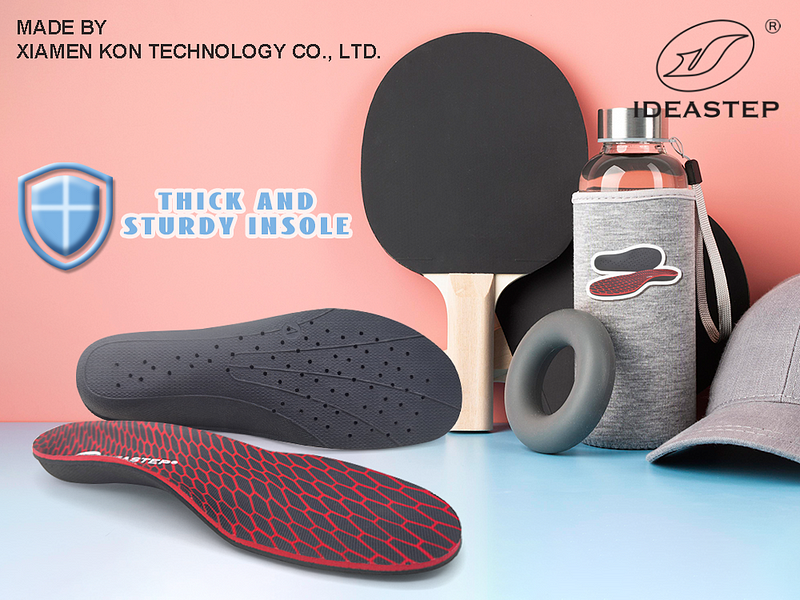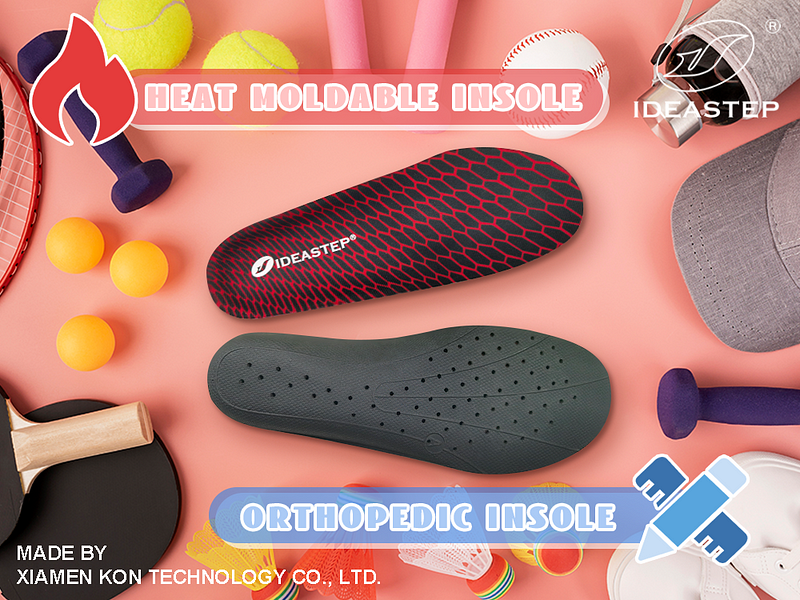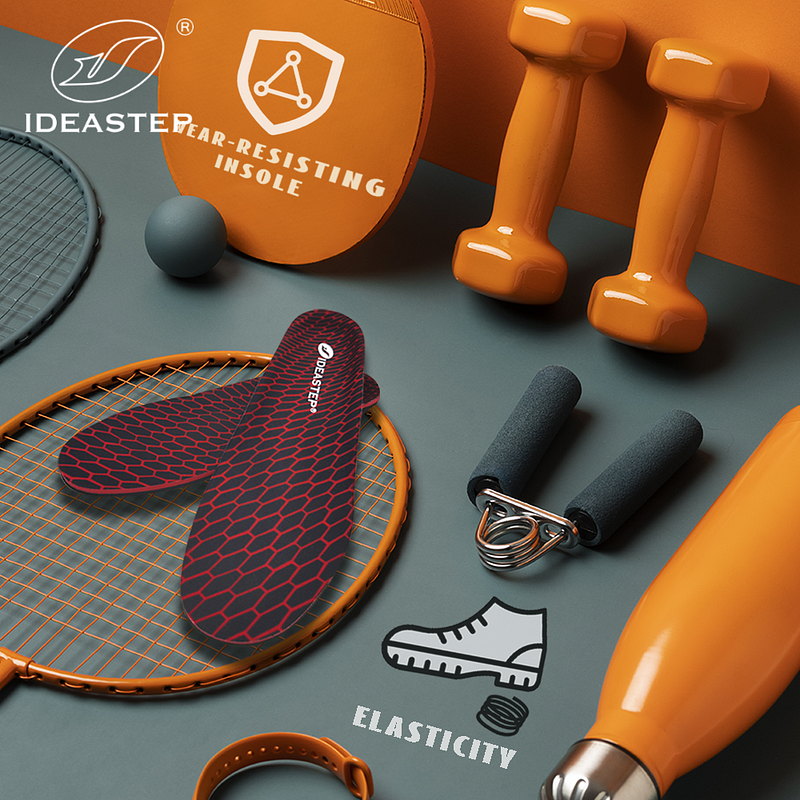“The heat molding technique is a revolutionary process in the production of custom insoles, offering enhanced comfort and support. By understanding this method, you can appreciate how it transforms raw materials into precisely fitted insoles that meet individual needs and improve overall foot health.”
Understanding the Heat Molding Technique for Custom Insoles Production
In the world of custom insoles, the heat molding technique has emerged as a game-changer, providing a highly effective method for creating insoles tailored to individual foot shapes and needs. This article delves into the heat molding process, explaining its benefits and how it contributes to superior comfort and support in custom insoles.

What is Heat Molding?
Heat molding is a technique used to shape materials through the application of heat, allowing them to conform to the unique contours of a person’s feet. This process involves heating the insole material until it becomes pliable, then allowing it to mold to the shape of the foot during a cooling period. This customization results in insoles that offer a perfect fit and enhanced support, addressing specific foot issues effectively.
Steps in the Heat Molding Process
1. Preparing the Insole Material
The first step in the heat molding process is preparing the insole material. Custom insoles are typically made from materials like EVA (ethylene-vinyl acetate), PU (polyurethane), or thermoplastic materials. These materials are chosen for their ability to become pliable when heated and then retain their new shape once cooled.
The insole material is cut to the approximate size and shape needed, allowing it to fit comfortably within the shoe. The material is then preheated to a specific temperature using specialized equipment, which ensures it becomes soft and flexible enough to mold accurately to the foot’s shape.
2. Molding the Insole
Once the material is heated, it is placed into a mold or directly onto a foot model. The heat causes the material to become malleable, allowing it to conform to the foot’s contours. In some cases, the person may be asked to stand or walk on the heated material to ensure an accurate impression of their foot shape is captured.
During this phase, the material conforms to the unique features of the foot, such as arches, curves, and pressure points. This customization process ensures that the final insole will provide the necessary support and comfort, tailored specifically to the individual’s foot structure.

3. Cooling and Setting
After the insole has been molded to the desired shape, it needs to cool and set. The cooling process solidifies the material, allowing it to retain the new shape. This step is crucial for ensuring that the insole maintains its customized form and provides the intended support and comfort.
The cooling time can vary depending on the material used and the specific molding process. Once the insole has fully cooled and set, it is ready for further processing, such as trimming and adding additional layers or features as needed.
Benefits of Heat Molding for Custom Insoles
1. Enhanced Comfort and Fit
One of the primary benefits of heat molding is the enhanced comfort and fit it provides. By conforming to the exact shape of the foot, heat-molded insoles reduce pressure points and provide better support. This personalized fit can significantly improve comfort, particularly for individuals with unique foot shapes or specific foot conditions.
2. Improved Support and Functionality
Heat-molded insoles offer improved support compared to standard insoles. The ability to customize the insole to the foot’s unique contours means that it can provide targeted support where it is needed most. This can help address issues such as arch pain, plantar fasciitis, or overpronation, improving overall foot function and reducing discomfort.
3. Customization for Specific Foot Conditions
For individuals with specific foot conditions, such as flat feet or high arches, heat molding allows for precise customization. The technique enables the creation of insoles that address these conditions by providing the necessary support and cushioning in the right areas. This level of customization is difficult to achieve with off-the-shelf insoles, making heat-molded insoles a valuable option for those with specialized needs.

Considerations When Using Heat-Molded Insoles
1. Material Quality
The quality of the material used in heat molding is crucial for the effectiveness of the insoles. High-quality materials ensure durability, proper molding, and long-lasting comfort. Brands like Ideastep are known for using premium materials that deliver superior performance and longevity in their heat-molded insoles.
2. Professional Fitting
While heat molding provides a high level of customization, it is important to have the insoles fitted professionally. A proper fitting ensures that the insoles are molded correctly to the individual’s feet and provides the best possible support. Consulting with a podiatrist or a specialist can help in achieving the optimal fit and functionality of the insoles.
Conclusion
The heat molding technique is an advanced method for producing custom insoles that offer exceptional comfort, support, and fit. By understanding this process, you can appreciate the benefits of investing in heat-molded insoles and how they address individual foot needs. For those seeking high-quality, customized insoles, heat molding represents a valuable option, with brands like Ideastep offering expertly crafted solutions for optimal foot health.
FAQs
- How long does the heat molding process take? The heat molding process typically involves several steps, including heating, molding, and cooling. The total time can vary based on the material and the specific equipment used, but it generally takes about 30 to 60 minutes.
- Can heat-molded insoles be adjusted after molding? In most cases, heat-molded insoles cannot be easily adjusted after the molding process is complete. It is important to ensure that the initial molding is done accurately to avoid the need for adjustments.
- Are heat-molded insoles suitable for all types of shoes? Heat-molded insoles are versatile and can be used in various types of shoes, including athletic shoes, dress shoes, and boots. However, it is important to ensure that the insoles fit properly within the shoe to provide optimal support and comfort.
